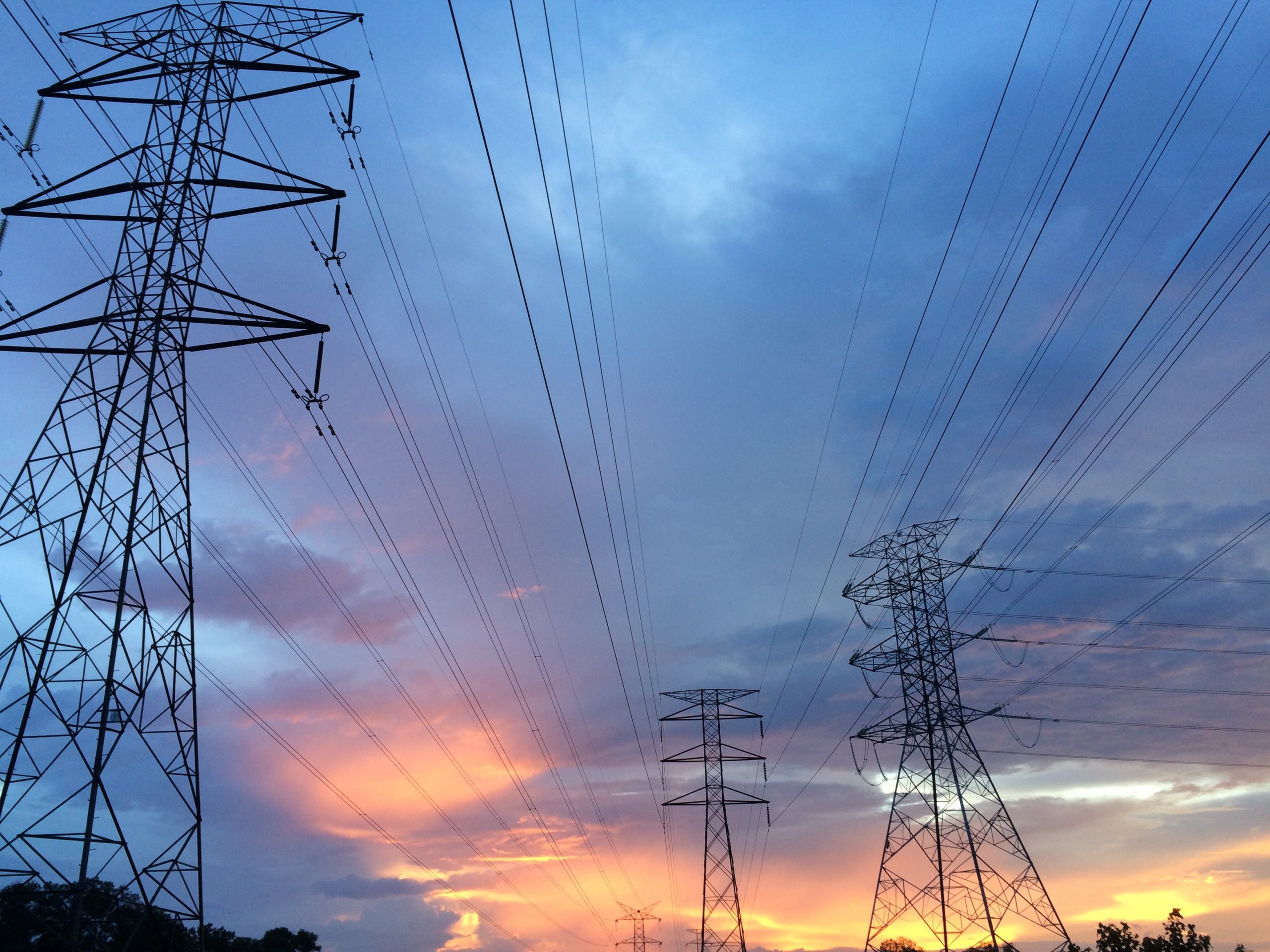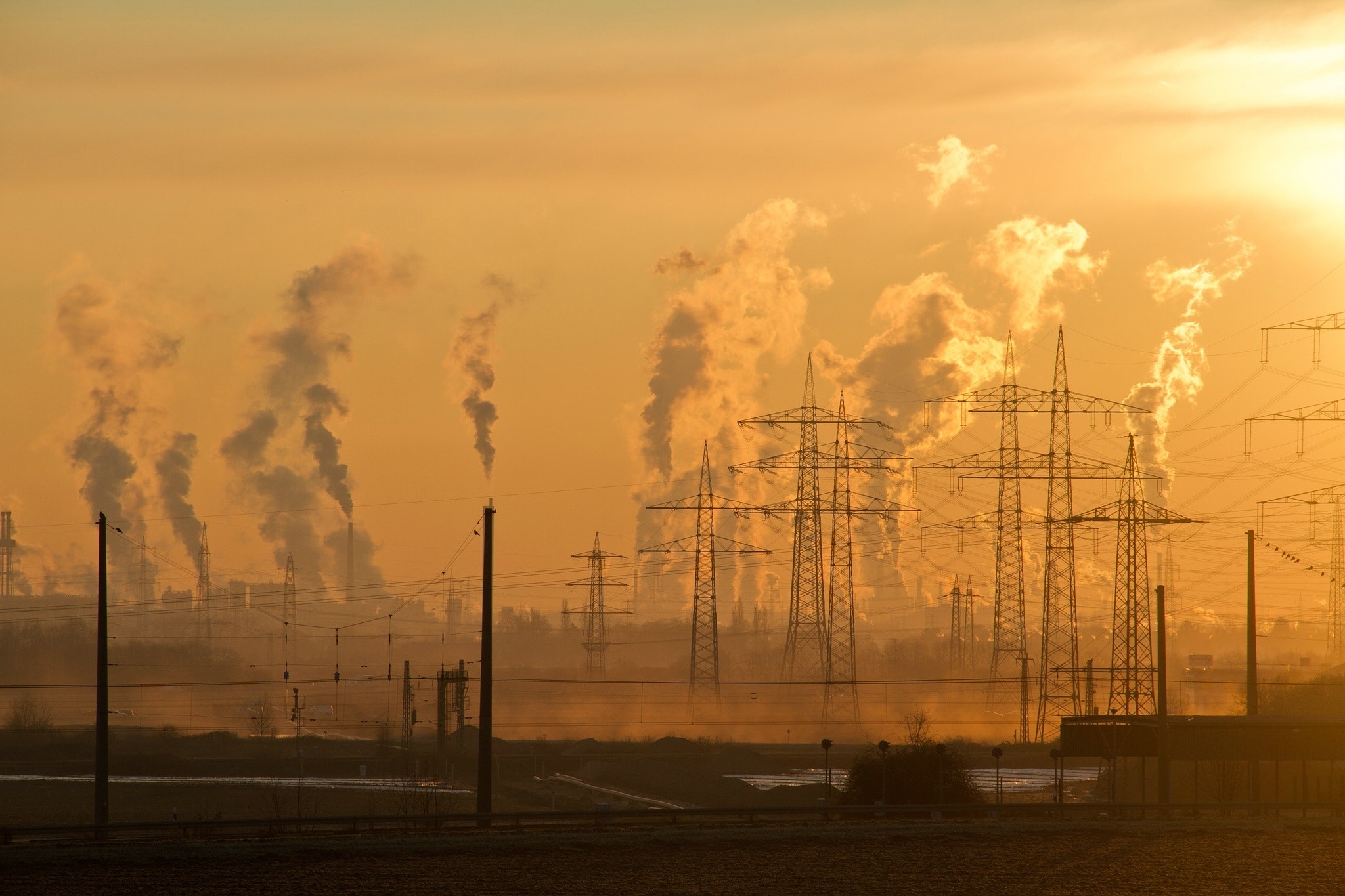
Climate change is the most pressing problem of our era. And how we approach solving it will define how humanity will survive on earth. This matter has caused many innovative thinkers to envision what a viable, sustainable future looks like.
Perhaps electricity generated by renewable means will completely replace fossil fuels in transportation. Maybe we’ll make machines that can suck carbon dioxide emissions back out of the atmosphere. And it’s reasonable to assume that vast swaths of land will be covered by solar panels to fuel this future.
But what role will the development of artificial intelligence (AI) play in all of this? Machine learning (ML) algorithms are already helping doctors diagnose illnesses, automating many jobs, and recommending what to binge-watch next. Surely they can lend a hand in our fight against climate change?
A team of researchers including Turing Prize winner Yoshua Bengio, Google Chief Scientist John Platt, and Coursera Founder Andrew Ng recently published a 100-page paper discussing some of the ways that machine learning could help the greener good win against global warming. Let’s dive into some of our favorite examples.
Managing the Grid’s Supply & Demand
While solar and wind energy have become the most cost-effective electricity generators in numerous regions around the world, they still face an enormous obstacle: Intermittency. Both of these power sources vary in output with changes in weather and seasons. So how do we integrate them efficiently onto a grid in which human demand varies as well?

To accomplish this, we would need to be able to forecast both supply and demand successfully. Fortunately, ML algorithms are more than capable of processing colossal amounts of information from various sources. Whether it’s real-time weather conditions, pollution monitoring data, or video streams from renewable energy sources like solar panels, a machine learning application could take all of this into account and predict the power needed to be generated.
Coupled with technology like the Internet of Things (IoT), machine learning algorithms could go beyond forecasting and optimize the management of supply and demand. Supply could peak when the most power-hungry processes take place. And power plants could be automatically shut off to avoid overproduction and wasted energy.
Adhering to the Paris Agreement
The Paris Agreement is often boasted as the central international accord to reduce carbon emissions. But because it’s based on self-reporting of emissions, and each country can account for emissions in a different way, there is potential for both fraud and deception. Machine learning could help improve this global effort by managing remote monitoring of emissions via satellites.

The EU is already planning to launch carbon-monitoring satellites sometime in the 2020s. These spacecraft could enable independent measurements of carbon to take place and pinpoint key areas where more effort is needed. Digesting satellite and feature recognition data are both activities that machine learning already excels at. And with some ingenuity, ML applications could help us tackle other environmental issues.
Activities like fracking can lead to methane pipe leaks, which in turn cause concentrations of greenhouse gas to spike up. Machine learning could help identify these problems through satellite imagery before they turn into bigger dilemmas. Similarly, machine learning and satellites could shine a light on the role pollution plays in cloud composition. By scanning and analyzing clouds, these technologies could give us greater insight into the pollutive sources in the general area.
Understanding the Impact of Climate Change
Neural networks are capable of encoding the statistical relationships between numerous complex variables. So it’s safe to assume that they could potentially represent the physical processes of weather in a computational manner as well.
By integrating more real-world data into our climate models, neural networks could give us better representations of weather patterns. This is important because we depend on climate models to understand how weather phenomena and geoengineering operations will affect regions in the long run. But as we’ve discussed before, forecasting is only one of many machine learning applications when it comes to climate change.
Those in developing countries are often the most vulnerable to climate change since their governments are not equipped to deal with disasters like droughts, floods, and heatwaves. With machine learning and satellites, we could sift through areas affected by natural disasters in real time and provide rescuers with insight into where help is needed most.
Time to Solve the Biggest Challenge of Our Lives
Climate change is undoubtedly the biggest challenge that modern civilization has ever faced. It doesn’t matter if you live in New York City or Bombay — it’s a problem that will affect everyone if not dealt with appropriately.
On the other hand, AI represents the pinnacle of human ingenuity and innovation. Few things rival this technology’s potential to stop climate change. By giving us better insights and understanding into both the problems at hand as well as the possible solutions, AI can allow us to make better decisions.
Climate science is driven by data. And AI is our best tool to leverage data. The time has never been riper to merge the two fields. In doing so, we can renew our future on this planet and live to see greener days.





